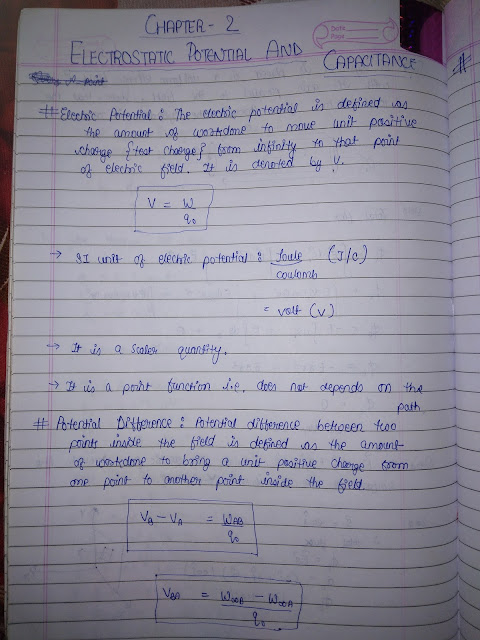Biomolecules Class 12 MCQs Questions with Answers
Question 1.
The number of tripeptide formed by 3 different amino acids.
(a) Three
(b) Four
(c) Five
(d) Six.
Answer
Answer: (d) Six.
Question 2.
The functional group which is found in amino acids is
(a) COOH
(b) -NH2
(c) -CH3
(d) both (a) and (b).
Answer
Answer: (d) both (a) and (b).
Question 3.
The vitamins absorbed from intestine along with fats are
(a) A and D
(b) A, B
(c) A, C
(d) D, B
Answer
Answer: (a) A and D
Question 4.
Which amino acids is a chiral?
(a) Alanine
(b) Valine
(c) Proline
(d) Histidine
(e) none of these.
Answer
Answer: (e) none of these.
Question 5.
Which of the following biomolecules is insoluble in water?
(a) a-Keratin
(b) haemoglobin
(c) ribonuclease
(d) adenime
Answer
Answer: (a) a-Keratin
Question 6.
The protein responsible for blood clotting is
(a) Albumins
(b) Globulins
(c) Fibroin
(d) Fibrinogen
Answer
Answer: (d) Fibrinogen
Question 7.
Which one of them is not a protein?
(a) Wool
(b) Nail
(c) Hair
(d) DNA
Answer
Answer: (d) DNA
Question 8.
The helical structure of protein is stabilized by:
(a) Peptide band
(b) Dipeptide band
(c) Hydrogen bands
(d) vander Waal’s forces
Answer
Answer: (c) Hydrogen bands
Question 9.
Which of the following has a branched chain structure
(a) Amylopectin
(b) Anylose
(c) Cellulose
(d) Nylon
Answer
Answer: (a) Amylopectin
Question 10.
Glucose reacts with acetic anhydride to form
(a) Monoacetate
(b) Tetraacetate
(c) Penta-acetate
(d) Hexa-acetate
Answer
Answer: (c) Penta-acetate
Question 11.
Which of the following has not a glucosidic linkage?
(a) Sucrose
(b) Amylose
(c) Galactose
(d) Maltose.
Answer
Answer: (c) Galactose
Question 12.
Amino acids are the building blocks of
(a) Carbohydrates
(b) Vitamins
(c) Fats
(d) Proteins.
Answer
Answer: (d) Proteins.
Question 13.
Which carbohydrates is an essential constituent of plant cells?
(a) Starch
(b) Cellulose
(c) Sucrose
(d) Vitamins
Answer
Answer: (b) Cellulose
Question 14.
Enzymes in the living system
(a) provide energy
(b) provide immunity
(c) transport oxygen
(d) catalyse biological reaction
Answer
Answer: (d) catalyse biological reaction
Question 15.
Which of the following in the sweetest sugar:
(a) Sucrose
(b) Glucose
(c) Fructose
(d) Maltose
Answer
Answer: (c) Fructose
Question 16.
Which of the following statements is true for protein synthesis
(a) amino acids are directly recognised by m-RNA.
(b) the third base of codon is less specific.
(c) only one codon codes for an amino acid.
(d) every t-RNA has more than one amino acid attachment.
Answer
Answer: (b) the third base of codon is less specific.
Question 17.
Which of the following contains a transition metal?
(a) Chlorophyll
(b) Haemoglobin
(c) Vitamin B12
(d) DNA
Answer
Answer: (b) Haemoglobin, (c) Vitamin B12
Question 18.
The number of chiral carbons in ß-D (+) glucose is:
(a) five
(b) six
(c) three
(d) four
Answer
Answer: (a) five
Question 19.
Which one is correct?
(a) Starch is a polymer of a-glucose
(b) Amylose is a component of cellulose.
(c) Proteins are composed of only one type of amino acids
(d) In cyclic structure of furanose, these are 4 carbons and one oxygen atom.
Answer
Answer: (a) Starch is a polymer of a-glucose
Question 20.
Enzymes belong to which class of compounds.
(a) Polysaccharides
(b) Polypeptides
(c) Polynitroheterocyclic components
(d) Hydrocarbon.
Answer
Answer: (b) Polypeptides
Question 21.
The nucleic acid base having two possible binding sites is
(a) Thymine
(b) Cytosine
(c) Guanine
(d) Adenine.
Answer
Answer: (c) Guanine
Question 22.
In both DNA and RNA, heterocyclic base and phosphate ester linkages are at
(a) C5‘ and C2‘ of the sugar molecule respectively.
(b) C2‘ and C5‘ respectively of the sugar molecule.
(c) C1‘ and C5‘ respectively of the sugar molecule.
(d) C5‘ and C1‘ respectively of sugar molecule.
Answer
Answer: (c) C1‘ and C5‘ respectively of the sugar molecule.
Question 23.
The correct statement for protein haemoglobin.
(a) functions as a catalyst for biological reactions.
(b) maintains blood sugar level.
(c) acts as oxygen carrier in blood.
(d) forms antibodies and offers resistance to disease.
Answer
Answer: (c) acts as oxygen carrier in blood.
Question 24.
The helical structure of protein is stabilised by
(a) dipeptide bonds
(b) hydrogen bonds
(c) ether bonds
(d) peptide bonds
Answer
Answer: (b) hydrogen bonds
Question 25.
Among the following a chiral amino acid is:
(a) Ethylalanine
(b) Methylglyane
(c) 2-Hydroxymethylresfne
(d) Triptophane.
Answer
Answer: (c) 2-Hydroxymethylresfne
Question 26.
Which base is present in RNA, but not in DNA.
(a) Uracil
(b) Cytosine
(c) Guanine
(d) Thymine.
Answer
Answer: (a) Uracil
Question 27.
Complete hydrolysis of cellulose gives:
(a) L-glucose
(b) D-fructose
(c) D-ribose
(d) D-glucose.
Answer
Answer: (d) D-glucose.
Question 28.
The enzyme which hydrolysis triglycerides to fatty acids and glycerol is called:
(a) Maltose
(b) Lipase
(c) Zymase
(d) Pepsin
Answer
Answer: (b) Lipase
Question 29.
The cell memberanes are mainly composed of:
(a) Phospholipids
(b) Proteins
(c) Fats
(d) Carbohydrates
Answer
Answer: (a) Phospholipids
Question 30.
Which functional group participates in disulphide bond formation in proteins?
(a) Thio ether
(b) Thiol
(c) Thio ester
(d) Thiol actone.
Answer
Answer: (b) Thiol








Comments
Post a Comment